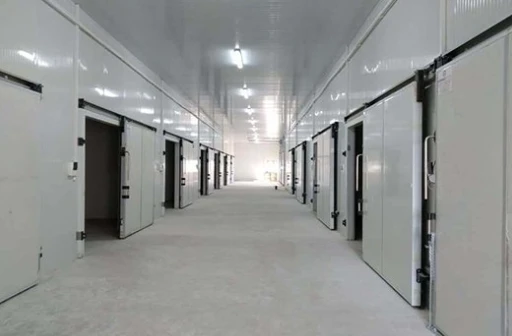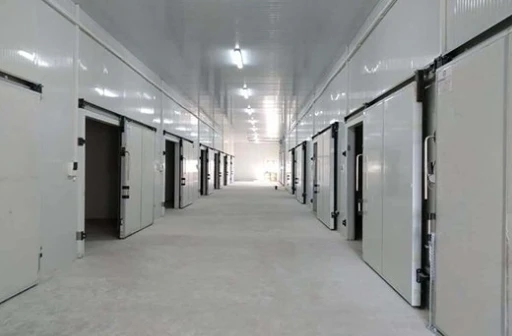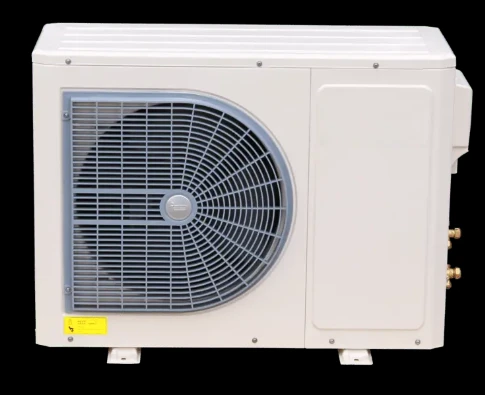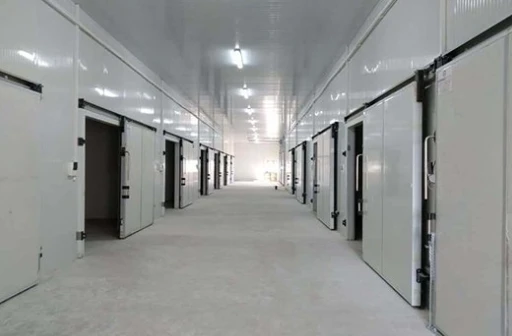Tube Ice Machine Cost Effective
In the realm of industrial and commercial refrigeration, few pieces of equipment are as versatile and essential as the tube ice machine. From keeping beverages chilled in bustling restaurants to preserving the freshness of seafood in markets, tube ice has become a staple in countless industries. As demand for reliable ice production grows, understanding the nuances of tube ice machine functionality, the factors that influence tube ice machine price, and the specific benefits of a commercial tube ice machine becomes crucial for businesses seeking efficient, cost-effective solutions. This article delves into these key areas, providing a comprehensive guide to help you navigate the world of tube ice machines, whether you’re a small business owner or a large-scale industrial operator.
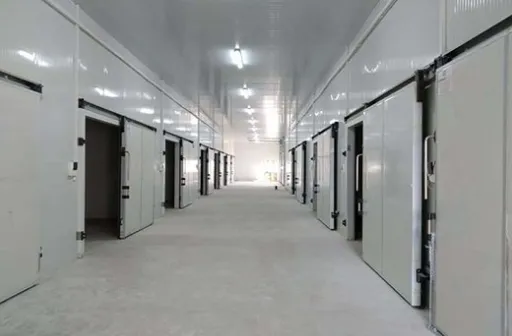
Understanding the tube ice machine: How It Works and Its Core Functions
A tube ice machine is a specialized refrigeration device designed to produce cylindrical, hollow ice tubes, known as tube ice. These ice tubes are prized for their slow-melting properties, uniform shape, and ability to cool efficiently, making them ideal for both direct consumption and preservation. The core functionality of a tube ice machine revolves around a precise cycle of freezing and harvesting, ensuring consistent ice production with minimal waste.
The process begins with water being pumped into a vertical cylinder containing a series of refrigerated tubes. As the refrigeration system cools these tubes, the water in contact with the tube surfaces freezes, gradually forming hollow ice tubes. Once the ice reaches the desired thickness,the machine initiates a harvesting phase. During this phase, hot gas is circulated through the tubes, causing the ice to loosen from the surfaces. Gravity then pulls the ice tubes downward, where they are cut into shorter lengths by a rotating blade, resulting in the final tube ice product.
What sets a tube ice machine apart from other ice-making equipment is its efficiency. The hollow structure of tube ice allows for better heat exchange, meaning it cools substances more quickly than solid ice cubes. Additionally, the automated cycle of most modern tube ice machine models ensures continuous production, with minimal manual intervention, making them a reliable choice for high-demand environments.
Key Features to Look for in a High-Quality commercial tube ice machine
A commercial tube ice machine is designed to meet the rigorous demands of businesses that require large volumes of ice on a daily basis. Unlike residential models, these machines prioritize durability, efficiency, and scalability, making their features critical to long-term performance. When selecting a commercial tube ice machine, consider the following key features to ensure it aligns with your operational needs:
1.High Production Capacity: Commercial settings, such as busy restaurants or large events, require a commercial tube ice machine that can produce hundreds or even thousands of kilograms of ice per day. Look for models with adjustable production rates to match peak and off-peak demand, ensuring you never run short of ice during critical times.
- Energy Efficiency: Operating a commercial tube ice machinecan account for a significant portion of a business’s energy costs. Opt for machines with energy-saving certifications, such as those compliant with international efficiency standards. Features like variable-speed compressors and insulated storage bins can further reduce energy consumption by minimizing heat loss and optimizing refrigeration cycles.
- Durable Construction: Commercial environments are harsh, with constant use and exposure to moisture. A high-quality commercial tube ice machineshould be built with corrosion-resistant materials, such as 304 stainless steel, which withstands rust and ensures hygiene. Reinforced components, like heavy-duty pumps and motors, also extend the machine’s lifespan under heavy use.
- Automatic Operation and Monitoring: To reduce labor costs and minimize errors, choose a commercial tube ice machinewith advanced automation. This includes features like automatic water filling, ice harvesting, and self-diagnostic systems that alert operators to issues such as low water levels or refrigeration faults. Some models even connect to smart systems, allowing remote monitoring of ice production and maintenance needs.
- Easy Maintenance and Hygiene: Regular cleaning is essential to prevent bacterial growth and maintain ice quality. A top-tier commercial tube ice machineshould have easy-to-access components, removable panels, and built-in cleaning cycles that flush out mineral deposits and debris. This not only ensures compliance with health standards but also reduces downtime for manual cleaning.
Factors Influencing tube ice machine price: A Comprehensive Guide
ໄດ້ tube ice machine price is not a one-size-fits-all figure; it varies significantly based on a range of factors, from technical specifications to market dynamics. Understanding these factors is key to budgeting effectively and ensuring you get the best value for your investment.It’s important to note that while a lower upfront tube ice machine price may seem appealing, it can lead to higher costs over time. Cheaper models often lack energy efficiency, durability, or reliable support, resulting in frequent repairs, increased energy bills, and premature replacement. Balancing initial investment with long-term operational costs is key to finding the right tube ice machine price for your needs.
Applications of commercial tube ice machine Across Industries
The versatility of a commercial tube ice machine**makes it indispensable across a wide range of industries, where its ability to produce large quantities of high-quality ice supports critical operations. Below are some of the key sectors that rely on commercial tube ice machine technology:
- Restaurants and Food Service: In busy restaurants, cafes, and fast-food chains, a commercial tube ice machineensures a steady supply of ice for beverages, salad bars, and food display. The slow-melting nature of tube ice keeps drinks cold without diluting them, enhancing customer satisfaction. Additionally, tube ice is often used to chill food during preparation and storage, maintaining freshness in compliance with food safety standards.
- Seafood and Meat Markets: Freshness is paramount in seafood and meat industries, and commercial tube ice machineplay a vital role in preservation. Tube ice is spread over displayed products to keep them cool, slowing bacterial growth and extending shelf life. Its hollow structure allows for better air circulation around the products, ensuring uniform cooling—critical for maintaining quality in busy markets.
- Healthcare Facilities: Hospitals, clinics, and laboratories require precise temperature control for medications, blood products, and medical equipment. A commercial tube ice machineprovides a reliable source of clean ice used in cooling blankets, preserving samples, and maintaining the temperature of vaccines during storage and transport. The hygienic design of these machines, often with stainless steel components, ensures compliance with strict medical standards.
- Events and Catering: Large-scale events, such as weddings, festivals, and corporate gatherings, demand massive amounts of ice for drinks, food stations, and cooling displays. A commercial tube ice machinewith high production capacity ensures caterers and event organizers can meet these demands without relying on external suppliers, reducing costs and logistical headaches.
- Beverage and Brewing Industries: From craft breweries to soft drink manufacturers, the beverage industry uses tube ice to cool liquids during production and packaging. commercial tube ice machineproduce ice that melts evenly, making it ideal for controlling temperatures in mixing tanks and ensuring consistent product quality. In bottling plants, tube ice also helps chill finished products quickly before distribution.
FAQS about tube ice machine, tube ice machine price, and commercial tube ice machine
What is the typical lifespan of a tube ice machine?
A tube ice machine typically has a lifespan of 7 to 10 years, though this can vary based on usage, maintenance, and build quality. Regular cleaning, timely replacement of worn parts (such as gaskets or filters), and adherence to manufacturer guidelines for operation can extend its life. Commercial models, built with heavier-duty components, often last longer than residential ones, especially when used within their recommended capacity limits.
How does the capacity of a commercial tube ice machine affect its performance?
The capacity of a commercial tube ice machine—measured in kilograms of ice produced per day—directly impacts its ability to meet demand. A machine with insufficient capacity will struggle during peak hours, leading to ice shortages and disrupted operations. Conversely, a machine with excess capacity may result in higher energy costs and wasted space. It’s critical to assess your daily ice needs (considering peak periods) and choose a commercial tube ice machine with a capacity that exceeds this by 10-20% to account for unexpected demand.
What are the main factors that cause fluctuations in tube ice machine price?
Fluctuations in tube ice machine price are primarily driven by five factors: material costs (e.g., stainless steel or copper), supply chain disruptions (which affect component availability), advancements in technology (new features increase costs initially), brand competition (promotions or discounts), and regional differences in labor and shipping costs. For example, a spike in stainless steel prices due to global shortages can lead to temporary increases in tube ice machine price, while seasonal demand (such as higher orders before summer) may also cause minor fluctuations.
Can a commercial tube ice machine be customized for specific industry needs?
Yes, many manufacturers offer customization options for commercial tube ice machine to suit specific industry requirements. Common customizations include adjusting ice thickness (from thin to thick tubes), modifying production capacity, adding features like anti-corrosion coatings for marine or coastal environments, or integrating with existing refrigeration systems. For example, seafood processors might request a machine with a larger storage bin to hold more ice, while healthcare facilities may opt for models with enhanced filtration systems to meet strict hygiene standards.
How often should a tube ice machine undergo maintenance to ensure longevity?
Tube ice machine should undergo regular maintenance to prevent breakdowns and maintain efficiency. Daily tasks include checking water levels and cleaning the exterior. Weekly maintenance involves cleaning the ice storage bin and inspecting for leaks. Monthly, the machine’s evaporator and condenser coils should be cleaned to remove dust and mineral buildup, which can hinder cooling performance. Additionally, scheduling a professional inspection every 3 to 6 months allows for early detection of issues like refrigerant leaks or worn motors, ensuring the machine operates at peak performance for years.
Don’t settle for subpar ice production that hinders your business. Visit our website today to explore our selection, speak with our experts, and take the first step toward efficient, reliable ice production. Your success is our priority—and we’re ready to deliver the perfect tube ice machine solution for you.













































































































